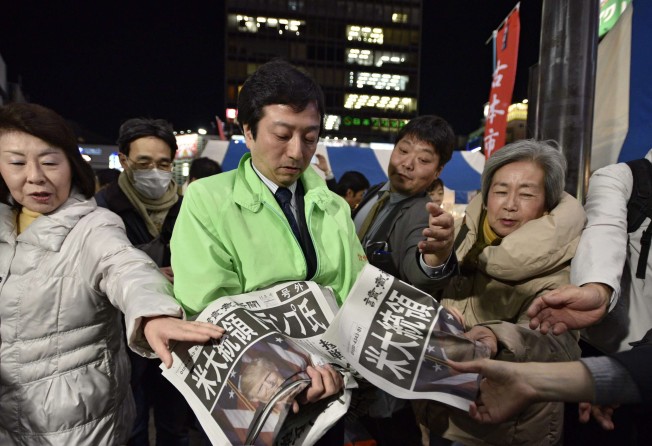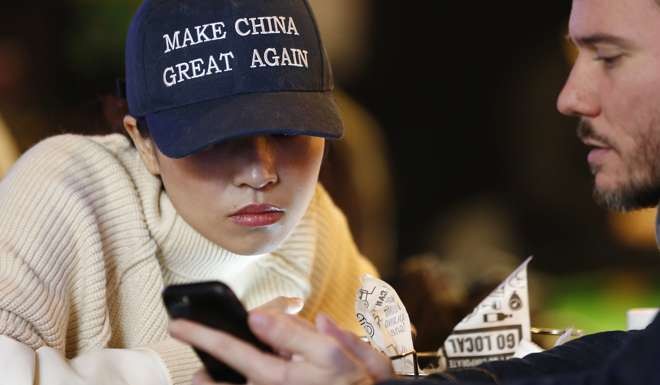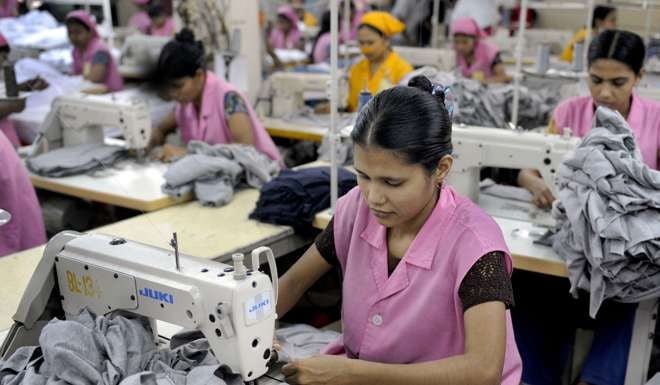A Trump-led US will need to wake up to the economic realities of a strong Asia
Syed Munir Khasru says US President-elect Donald Trump has to get over his populist rhetoric and realise that, in today’s globalised world, Asia is a mighty economic force

In 1990, Asia’s share of world GDP in real terms was 23 per cent. This rose to 38.8 per cent in 2015 and is expected to go up to 45 per cent by 2025 if current economic trends continue.
Today, the East Asia and Pacific region is a major driver of global economic growth, accounting for two fifths in 2015. The United States maintains robust trade relations with many countries from this region. Five Asian nations were among the top 10 US trading partners in 2015. China is currently the largest goods trading partner of the US and was also the third-largest goods export market in 2015. As of last year, US goods and services trade with China, India and Japan stood at a staggering US$1.42 trillion, and US-Asean bilateral trade has increased 71 per cent since 2001. Asean also ranks No 4 among goods export markets for the US.
President-elect Donald Trump, throughout his campaign, kept repeating how China had cheated the US out of millions of manufacturing jobs through currency manipulation and how these jobs needed to be brought back to the US. While it is true that, between 2001 and 2015, the US lost 3.2 million jobs to China, three-quarters of those in manufacturing, what is also true is that manufacturing bases in China and other emerging Asian economies have provided American consumers with access to quality goods at affordable prices and kept the wheels of the American economy turning through continued consumer spending.

The US Consumer Sentiment Index, which fell to 68.2 in September 2010, stood at 91.2 in September this year. More American families can afford more clothing, smart TVs and phones, and other products because of Asia’s ability to churn out quality goods at lower costs. A “made in Bangladesh” T-shirt that costs an American US$2 would have cost US$10 if made in the US. In fact, during Trump’s campaign, several media outlets highlighted how the Donald J Trump men’s clothing and accessories line had their products made by factories in Asian countries like Bangladesh, India and China where production costs are lower.
It is simply not feasible to undo the global value chain mechanism already in place
In a globalised world, it is simply not feasible to undo the global value chain mechanism already in place. Bringing certain manufacturing jobs back to America risks increasing production costs, making goods more expensive for the average US consumer. Trump’s stated Asia policy in terms of trade is isolationist, myopic and economically flawed. Instead of going for more mutually beneficial trade deals with emerging and established Asian economies, he plans policies like imposing a 45 per cent tariff on all Chinese products and declaring the country a currency manipulator.
Now that he has won the election, populist theories, which may have served him well during the campaign, need to be in sync with realities on the ground. The world that Trump faces is much more complex than the electoral constituencies he energised with populist campaign messages. Isolationist policies will harm the American economy no less, perhaps more, than the emerging economies he is targeting in Asia.

On geopolitics, Trump’s tirades against traditional Asian allies like Japan and South Korea will only help regional players like China and Russia solidify their influence in the region. Long-established US allies in Asia want the US to retain its support and influence in the region to counterbalance an increasingly assertive China. During the first presidential debate, which focused on foreign policy, Trump commented on how support of Japan and South Korea through sending troops is unnecessary and costly for the US. He even suggested that Japan and South Korea pay the US for defending them. However, South Korea reportedly paid US$848 million in 2015 for the 28,500 US troops stationed there, while Japan increased its financial support for US troops to US$1.9 billion the same year.
By 2050, China will account for one-third of global GDP, with the rest of Asia taking the region’s total contribution to more than half. If the Trump administration chooses to be oblivious to the economic realities and geopolitical complexities of Asia and can’t get over his election rhetoric, the bigger loser will be the US, not Asia.
Professor Syed Munir Khasru is chairman of the international think tank, The Institute for Policy, Advocacy, and Governance (IPAG). [email protected]